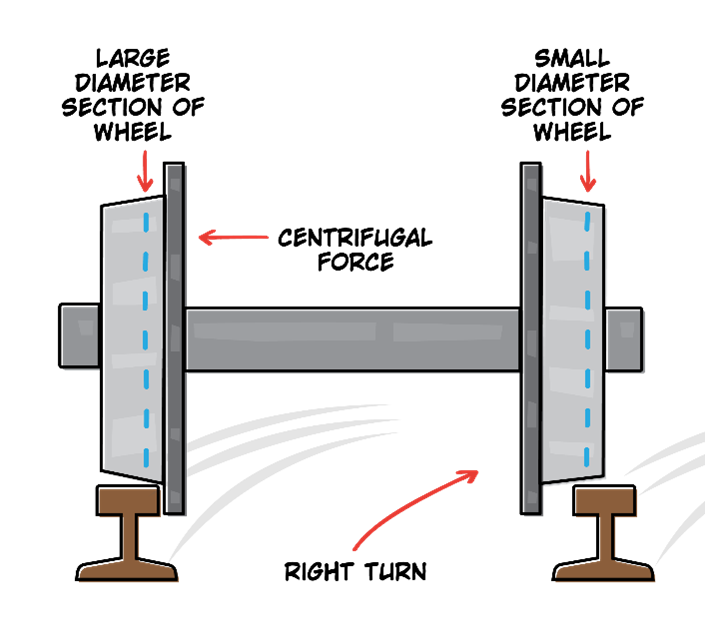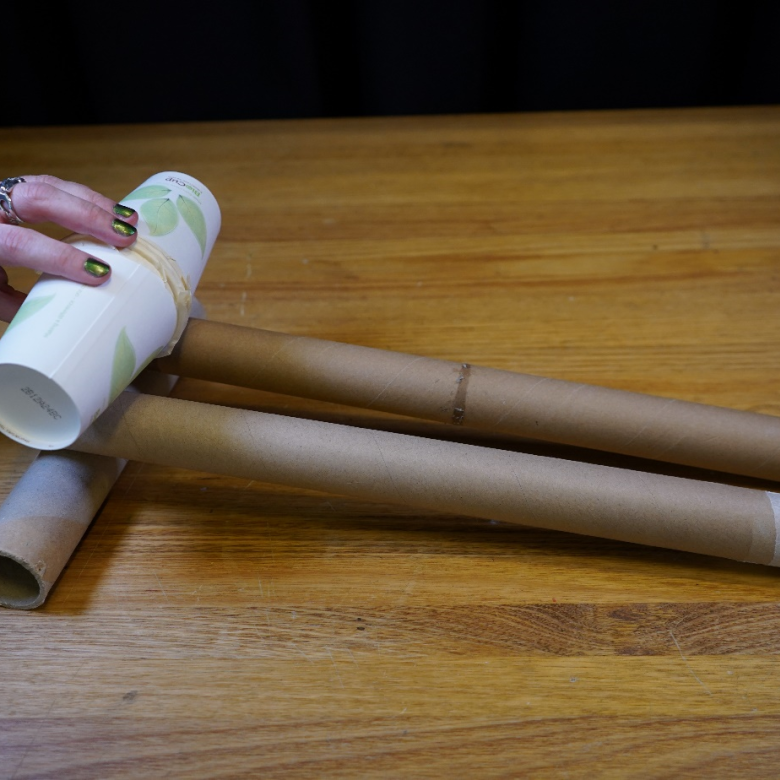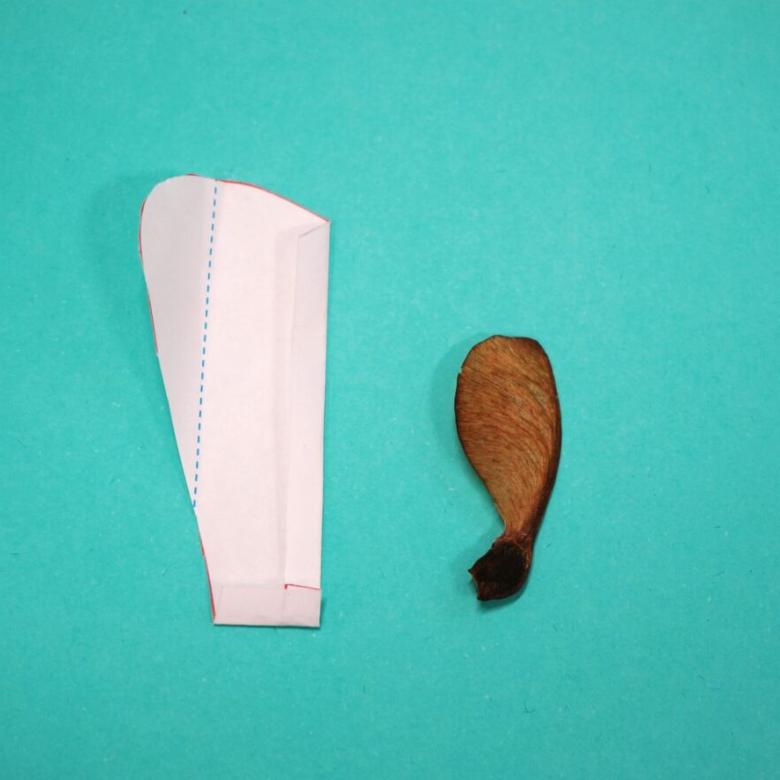You’ll need
- Four identical paper or plastic cups
- Two long cardboard tubes (e.g. from a roll of paper towel or kitchen wrap)
- Toilet paper rolls to make longer, curving tracks
- Sticky tape.
What to do
- Tape the bases of two paper cups together to build your first roller. From the side, it should look a bit like a bow tie!
- Tape the mouths of two paper cups together to make your second roller. From the side, this one should be shaped a bit like a diamond.
- Build a straight track by placing the two long cardboard tubes side by side, about 5 cm apart. Raise one end of your track by placing the tubes on top of a tissue box (or similar object). You can add some tape to help hold your tracks in place.
- Carefully place your bow-tie roller on the high side of the track, as close to the centre as you can. Let it roll down the track and watch how it behaves.
- Try this same process with your diamond roller. Repeat a few times and look for any similarities or differences in how the bow tie roller and diamond rollers behave.
Questions to ask
Compare your bow tie and diamond rollers to simple cylindrical roller (i.e. a toilet roll). How do they compare?
What happens if you position the rollers so they are off to one side of the tracks (instead of centred)?
Try building a curved track using toilet rolls. Is one roller better at staying on the track than the other?
What's happening
The shape of a wheel changes how it rolls! Train wheels are a bit like the diamond shaped roller in this experiment – they’re slightly cone-shaped to help them stay on track.
The trick behind how these rollers work is the diameter of the wheels. The diameter of a wheel is how wide it is from one edge to the other. This is important, because the diameter of a wheel determines how far it will travel in one rotation. A big wheel with a large diameter will roll further in one rotation than a small wheel with a small diameter.
In this experiment, the ‘wheels’ are the part the paper cup that is in contact with the track. This means the ‘size’ of the wheels depends on how the roller is sitting on the tracks. For example, when the tracks are farther apart, the ‘diamond’ roller rolls on its smaller ends, meaning it effectively has small wheels. When the tracks are close together, it rolls on its ‘large’ ends – now it has large wheels!
Conical wheels like these are perfect for turning corners. When a train track curves, the inner rail of the track is shorter than the outer rail. Conical train wheels can slide so that the outermost wheel rolls on its ‘larger’ end. It travels further with each rotation than the wheel on the inner rail. This means that even though they are spinning at the same speed, the outer wheel travels further on the longer portion of the track.
If conical wheels are so great, why do the bow tie roller and diamond roller behave so differently? When the bow tie roller is slightly off-centre, the larger diameter wheel will be closer to the middle of the tracks. Because it will curve away from the larger diameter wheel, the roller will turn slightly to steer itself off the tracks. But when the diamond roller is pushed slightly off-centre, the smaller diameter wheel will be closer to the middle of the tracks. This will make the roller steer itself back towards the centre of the tracks again. As soon as it’s centred, its ‘wheels’ are the same size again, so it’ll continue rolling in a straight line. Diamond wheels steer themselves back on track!

Did you know
Car wheels aren’t shaped like cones – they solve this problem in a different way! Instead, car wheels are attached to a gear system called a differential, which allows the wheels to turn at different speeds. These gears make all the difference!






